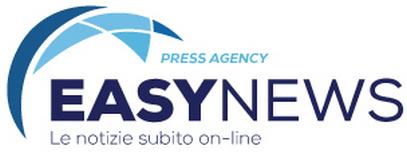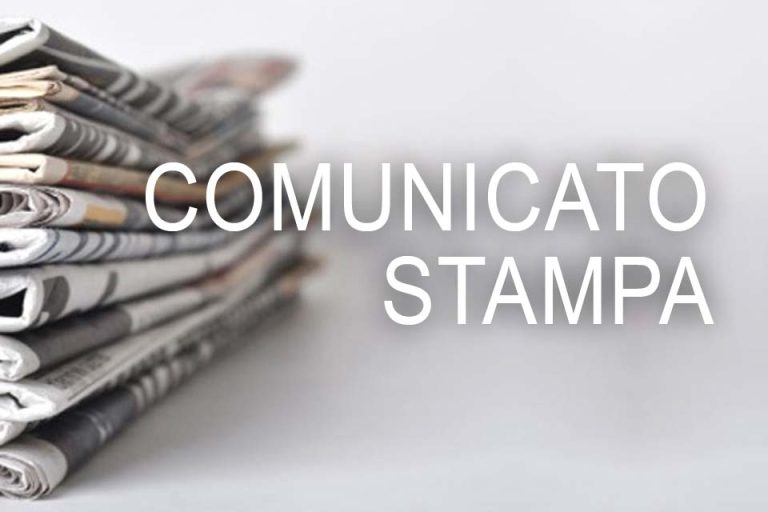Buon pomeriggio,
Inviamo di seguito il commento “BCE: taglio dei tassi rimandato a giugno”, a cura di Frederik Ducrozet, Head of Macroeconomic Research di Pictet Wealth Management (+foto).
Restiamo a disposizione.
Un caro saluto,
Lucrezia Pisani
+39 3476732479
BCE: taglio dei tassi rimandato a giugno
- Come previsto, il Consiglio Direttivo è rimasto in attesa oggi. Tuttavia, sono iniziate le discussioni sulla “riduzione dell’orientamento restrittivo” e i commenti della Presidente Lagarde durante la sessione di Q&A confermano la nostra ipotesi iniziale secondo cui la BCE taglierà i tassi a giugno.
- Il risultato principale della riunione è che la BCE si sta avvicinando al momento in cui avrà sufficiente fiducia nel fatto che l’inflazione tornerà all’obiettivo del 2%, condizione necessaria per iniziare una fase di allentamento.
- Le proiezioni della BCE sono state riviste leggermente al di sotto delle aspettative. L’inflazione IPCA nominale dovrebbe tornare al 2% nel 2025, mentre l’inflazione core si stabilizzerebbe al 2% entro il 2026, con un profilo trimestrale che mostra un calo di entrambi gli indici all’1,9% nel terzo trimestre del 2025. Queste proiezioni sono coerenti con la stabilità dei prezzi nel medio termine, soprattutto perché la BCE è passata a un obiettivo di inflazione simmetrico del 2% nel 2021.
- Inoltre, la dichiarazione introduttiva ha evidenziato che “la maggior parte delle misure dell’inflazione sottostante si è ulteriormente attenuata”. La formulazione è rimasta invariata rispetto alla riunione di gennaio, suggerendo che non c’è un’eccessiva preoccupazione per una ripresa sequenziale dell’inflazione core dei servizi registrata all’inizio dell’anno.
- Infine, la Lagarde ha osservato che ci sono “segnali che la crescita dei salari sta iniziando a moderarsi”, approfondendo le varie misure del costo del lavoro, della crescita degli utili aziendali e del loro rapporto con l’inflazione. Ne sapremo di più domani con la seconda stima del PIL dell’area dell’euro per il quarto trimestre del 2023.
- Lagarde ha inoltre dichiarato che il Consiglio Direttivo non ha discusso oggi il taglio dei tassi di interesse, ma ha appena iniziato a discutere “l’allentamento della sua posizione restrittiva”. Una distinzione sottile, se non altro. Ma poi la Presidente ha fatto un accenno più esplicito alla tempistica del primo taglio, dicendo che “ne sapremo un po’ di più ad aprile, ma ne sapremo molto di più a giugno”. Questo è il massimo che può fare in termini di segnalazione del primo taglio, aggiungendo che i prezzi di mercato sembravano convergere per il meglio. In sintesi, tutto lascia pensare che la BCE tagli i tassi a giugno, in linea con il nostro scenario.
- L’incertezza, tuttavia, rimane legata al ritmo dell’allentamento una volta avviato il ciclo. La Lagarde ha affermato che la BCE si trova nella fase di “mantenimento” prima di passare alla fase “restrittiva” seguita dalla “normalizzazione”. In altre parole, non ha svelato nulla, poiché la BCE continuerà a dipendere dai dati, esaminando varie misure dell’andamento dell’inflazione sottostante. C’è anche una notevole incertezza sulla posizione del tasso neutrale.
- Continuiamo a prevedere che la BCE si muoverà con cautela nel 2024, probabilmente facendo una pausa a luglio dopo il taglio di giugno e passando a un ritmo di allentamento di 25 punti base per riunione a partire da settembre. Tuttavia, le prospettive modeste della domanda interna, dovute anche a una “prevedibile trasmissione delle politiche”, e una posizione fiscale più restrittiva rispetto agli Stati Uniti lasciano presagire un ulteriore allentamento monetario nel 2025. È qui che il potenziale di riprezzamento del mercato sembra maggiore.
ENGLISH VERSION
ECB: Hey June…
- As expected, the Governing Council (GC) remained on hold today. However, discussions on the “unwinding of the restrictive stance” have begun and President Lagarde’s comments during the Q&A session confirm our base case that the ECB will cut rates in June.
- The key takeaway from the meeting is that the GC is approaching the point where it has sufficient confidence that inflation will return to the 2% target, a necessary condition for the easing cycle to begin.
- The ECB staff projections were revised slightly lower than expected. Headline HICP inflation is now projected to return to 2% in 2025, while core HICP inflation would normalise to 2% by 2026, with the quarterly profile showing both headline and core HICP inflation declining to 1.9% in the third quarter of 2025. These projections are consistent with price stability over the medium term, especially since the ECB moved to a symmetric 2% inflation target in 2021.
- In addition, the introductory statement noted that “most measures of underlying inflation have eased further”. The wording was unchanged from the January meeting, suggesting that there was no undue concern about the sequential pick-up in core services inflation recorded earlier in the year.
- Finally, Lagarde noted that there were “signs that wage growth is beginning to moderate”, while elaborating on various measures of labour costs, corporate profit growth and their relationship to inflation. We will know more on this front tomorrow with the second estimate of euro area GDP for Q4 2023.
- Lagarde said that the Governing Council had not discussed cutting interest rates today but had only just begun to discuss “unwinding its restrictive stance”. A subtle distinction, if any. But then the President dropped a more explicit hint about the timing of the first cut, saying that “we will know a little more in April, but we will know a lot more in June”. That’s as far as she can go in terms of signaling the first cut, adding that market prices seemed to be converging better. In short, everything now points to the ECB cutting rates in June, in line with our scenario.
- Where uncertainty remains, however, is the pace of easing once the cycle starts. Lagarde said that the ECB is in the “holding” phase before moving to “restrictive” followed by “normalisation”. In other words, she didn’t give anything away as the ECB will remain data dependent, looking at various measures of underlying inflation trends. There is also considerable uncertainty about where the neutral rate is.
- We continue to expect the ECB to move cautiously in 2024, most likely pausing in July after a cut in June and moving to an easing pace of 25bp per meeting from September. However, the subdued outlook for domestic demand, not least due to “predictable policy transmission”, and a more restrictive fiscal stance than in the US point to further monetary easing into 2025. That’s where the potential for market repricing seems greater.







